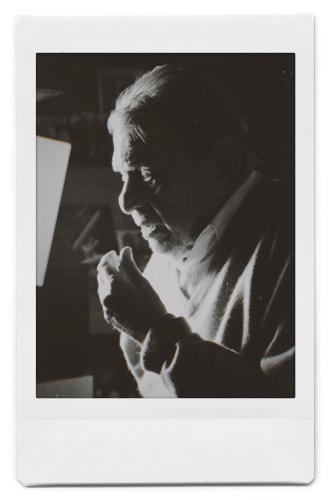He has also published 14 books of essays and poetry and has made 30 personal exhibitions and participated in more than 600 group exhibitions. He was distinguished as "Caballero de las Artes y las Letras" (Lord of the Arts and Literature) by the government of France and named Honorary Citizen of the City of Buenos Aires. Lastly, he made monumental sculptures, hidro-spatial routes, and hydro-murals. His works appear in museums and private collections in Argentina, Latin America, the United States, Europe, and Asia.
